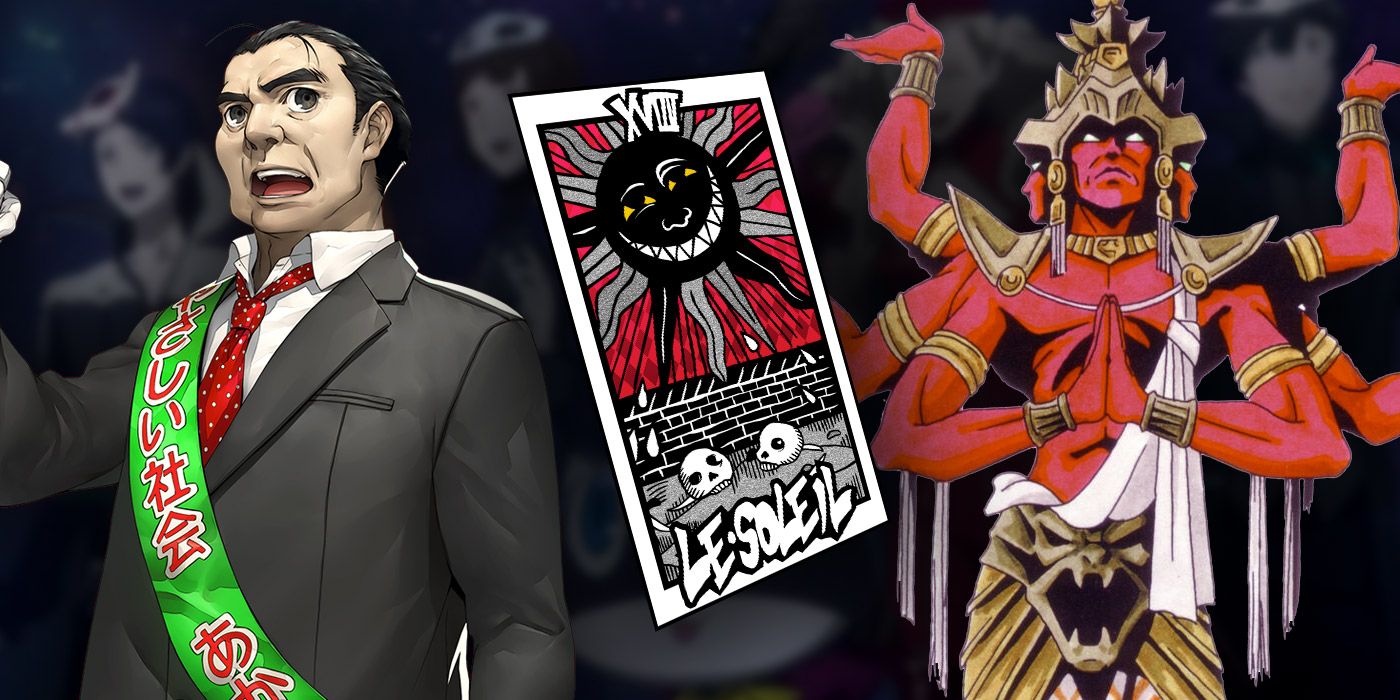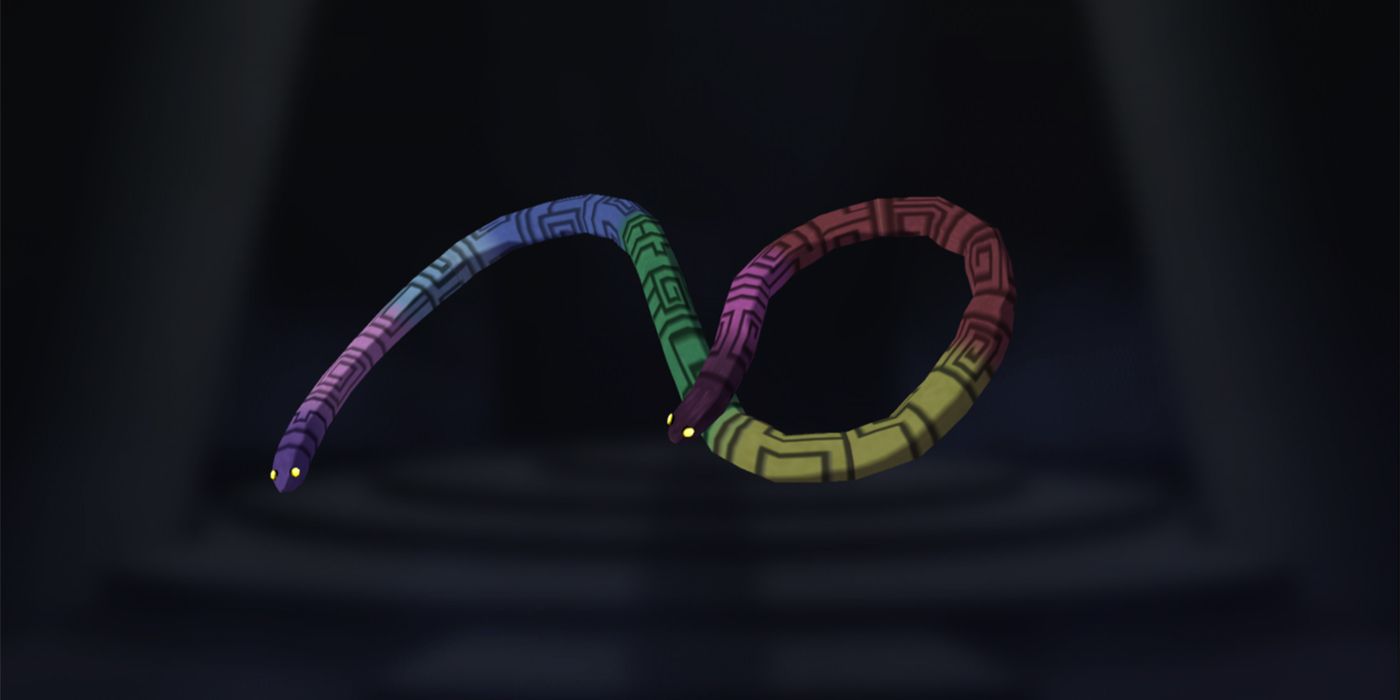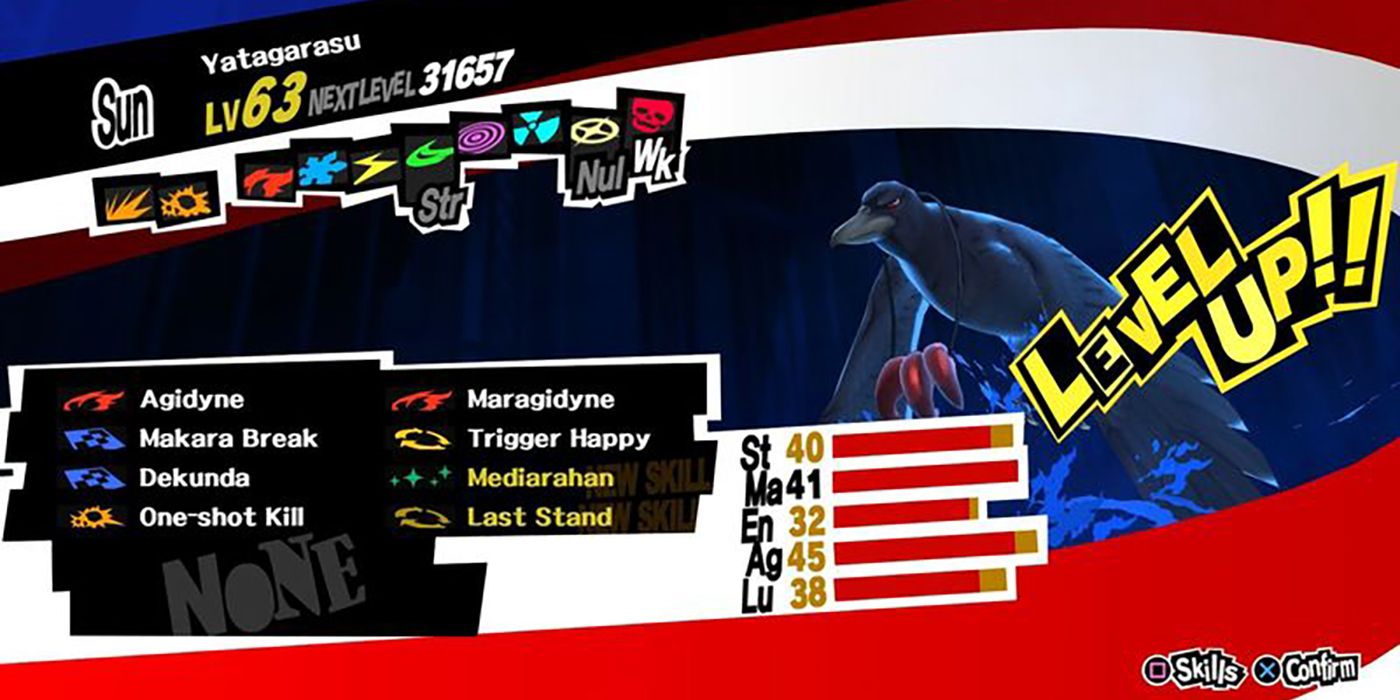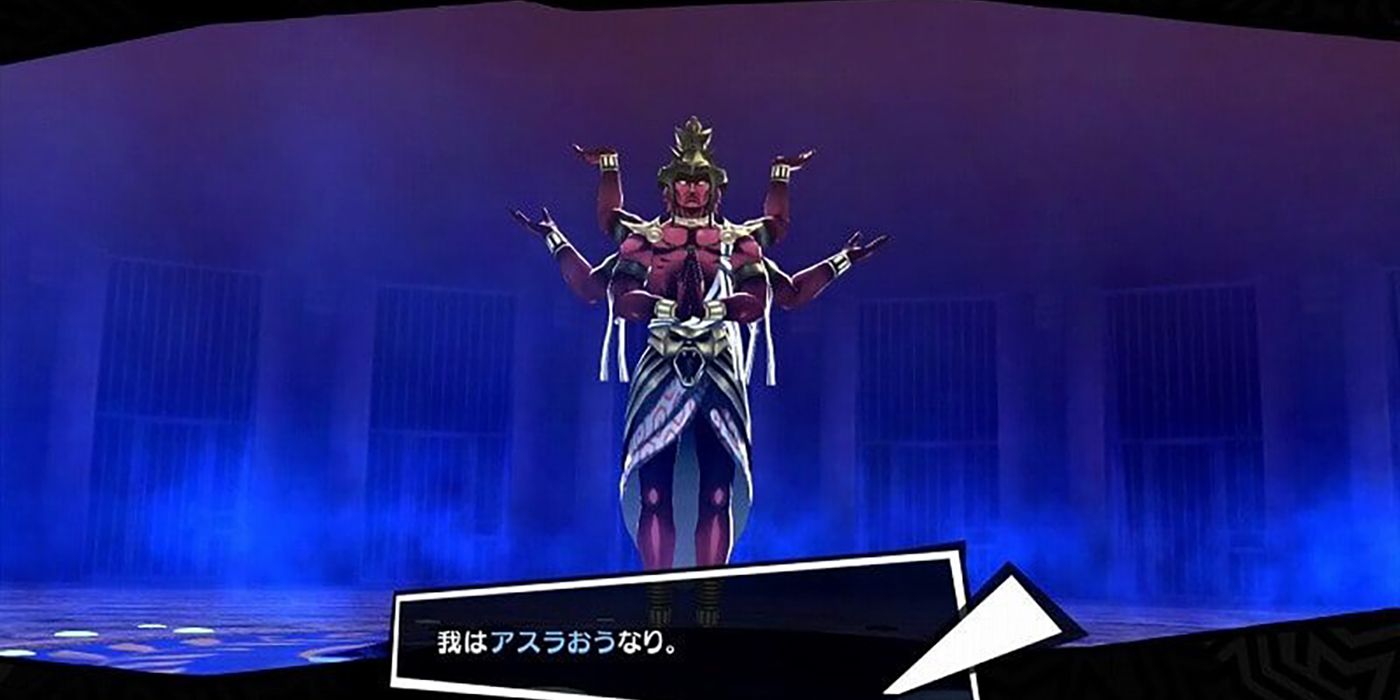
The Persona series' take on the Sun major arcana has always been a touch ironic, and Persona 5 is no exception. In the tarot, the Sun represents happiness, affability, success, and health. It is another card that is generally seen as positive, as even its reversed qualities—childishness, melancholy, over-optimism—aren't too terrible. But in Persona 5 and other games in the series, the confidant who represents the Sun arcana is trapped in a grim, seemingly hopeless situation.
Toranosuke "No-Good Tora" Yoshida is a disgraced former member of the Japanese Diet, who was embroiled in an embezzlement scandal years ago. When Joker arrives in Tokyo, Tora gives speeches in Shibuya, hoping to sway the general public to his platform for government reform. The odds against Tora are towering, as his only reputation is negative, and initially, the entirety of his reach is a small stage, a megaphone, and the sash across his chest. Tora's primary problem are crippling self-esteem issues, especially when somebody addresses him by his nickname which refers to the scandal he was embroiled in. But his controversial support for the Phantom Thieves earns him a small base of followers.
RELATED: Visions of Madness from Persona 5's Moon Arcana
Joker's encouragement and the power of the Fool's wildcard help Tora stay the course and achieve his dream despite tempting (but often unethical) offers from political rivals. For his part, Tora teaches Joker some useful negotiation abilities in battle, and continues to lend the Thieves his support, even when they fall out of public favor. Entities in the Sun arcana often serve as inspirational or hopeful figures, but that does not mean they are all entirely benevolent or free of evil.

Yurlungur, or Yulunggul, is an entity from aboriginal Australian mythology, which is something of a rarity in the persona compendium. An enormous copper python that is said to bring rains, and thus, the renewal of life in the desert climes of the outback, Yurlungur is also often known as the Rainbow Snake. Supposedly, the water Yurlungur inhabits will shine like a rainbow, and if a person catches a glimpse of color in the depths of a well, Yurlungur is supposedly dwelling within.
While not as gruesome as most stories from the Hanged Man arcana, the most notable story involving Yurlungur is not for the squeamish. In a period called the 'dreamtime' where supernatural beings shaped the land, two entities known as the Wawalag sisters embarked on a journey to the Arafura Sea, but the elder sister needed to rest, and gave birth. Yurlungur, awakened by the scent of the sister's afterbirth, emerged from it's water hole, and found the aroma so tantalizing that he swallows both the sisters and the baby whole.
Eventually, Yurlungur is forced to expel the sisters and the baby, completely intact, reinforcing the serpent's status as a symbol of life and rebirth. This story features prominently in coming-of-age rituals for aboriginal males. Atlus takes an interesting spin on the snake's appearance, giving it heads at both ends of it's body, but it's rainbow appearance is otherwise a fairly straightforward imagining of the rain, water, and rebirth deity.

According to Shinto mythology, Yatagarasu is an kami that takes the form of a crow, acting as an agent of the 'will of heaven.' Essentially, it is a bird of divine intervention in human affairs, steering events towards a better outcome. Unfortunately, even though Yatagarasu is mentioned repeatedly in Shinto stories, much of the material is contradictory, or ill-explained, leaving the true nature of the divine crow shrouded in mystery. In certain respects, what is known of Yatagarasu calls to mind Pokemon's legendary birds, as it is an elusive, powerful, and ultimately benevolent guide for humanity, and, like Ho-Oh, it is considered a representative/emissary of the sun.
The most famous piece of Yatagarasu lore pertains to the legendary first Emperor of Japan, Emperor Jimmu. During Jimmu's fateful journey from the ancient Kumano region to the ancient Yamato Region, Yatagarasu was sent as a guide to help the emperor fulfill his destiny. Interestingly, even though Yatagarasu is an avatar of the sun, it is also considered to be an incarnation of the Shinto moon god, Tsukuyomi no Mikoto.
RELATED: Persona 5: The Heroes and Legends of the Strength Arcana
In terms of appearance, Yatagarasu translates to 'eight-span crow,' meaning Yatagarasu would have been one absolutely enormous bird. It's legend is also often conflated with a Chinese legendary bird that had three legs, 'San Zu Wu,' explaining Atlus' portrayal of Yatagarasu with three legs.
Like Yurlungur, Yatagarasu is considered an avatar of rebirth. Crows, as carrion eaters, are viewed as responsible for cleaning up the slaughter of battle, turning death into something positive, however this association is not as prominent today.

Asura is an incredibly complex figure from folklore, simultaneously representing an entire classification of beings that factors into several different Asian belief systems. In the Vedic religion, Asura are gods of moral and social phenomenon, in contrast to Devas, who are god-like beings representing natural phenomena. In Zoroastrianism, the Asura is fungible with the Ahura; a group of supernatural entities that represent the forces of good, acting under the leadership of Ahura Mazda. In Hinduism, Asura are actually demon-like entities that are fixated on hedonism and carnal pleasures. And in Japanese Buddhism, the Asura are ambivalent demigods, possessing both good and bad qualities, and a tremendous deal of power.
To make matters even more confusing, other traditions refer to Asura as specific figures. Some deity; a Sun goddess feared for bringing droughts and famine. And other traditions still state that Asura was an Indian noble who converted to Buddhism. Despite this relationship to the sun, Atlus' design likely draws from the tradition of Japanese Buddhism, as the red skinned, fearsome-faced, and many-armed body is a common depiction within that mythology.
Like all of the most powerful Personas, players must complete Tora's confidant storyline before they can fuse Asura. Players having trouble adding the mask to their ranks may want to consult a fusion guide, because Asura is well-worth the trouble, boasting powerful all around stats.
Persona 5 and Persona 5 Royal are available now for PlayStation 4.
MORE: 10 Easter Eggs & References You May Have Missed in Persona 5

